Brass stamp
c1810–40
This brass hand stamp was manufactured for the Principal Superintendent of Convicts in NSW, who was responsible for all matters relating to the conduct and management of convicts across the colony. Between 1830 and 1848, the superintendent’s office operated from rooms on the ground floor of the Hyde Park Barracks, where this stamp was most likely used on official documents and ledgers.
Some of the responsibilities of the office included keeping track of the arrival of new prisoners, processing requests for and details of private assignment, managing convict musters, processing applications for tickets of leave and marriage, and controlling the movement of convicts between the Barracks and other penal establishments. As the only known surviving stamp from the office, it’s significant for its use by superintendents Frederick Augustus Hely (1823–36) and Captain John Leyburn Maclean (1837–55), among others, such as the many convict clerks employed in their office.
This acquisition was made possible by the generosity of The Copland Foundation.
More artefacts
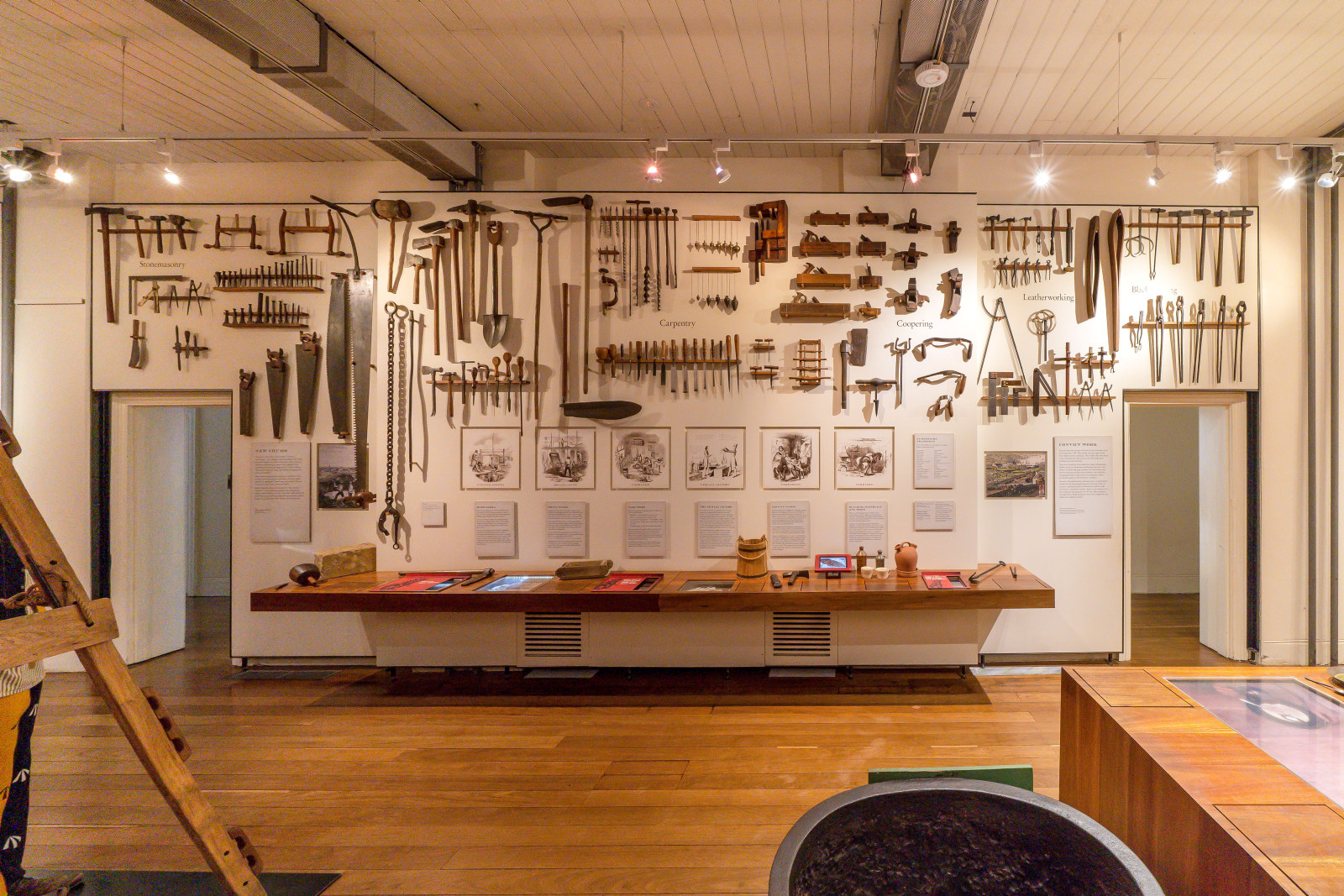
Convict Sydney
Objects
These convict-era objects and archaeological artefacts found at the Hyde Park Barracks and The Mint (Rum Hospital) are among the rarest and most personal artefacts to have survived from Australia’s early convict period
Published on
Convict Sydney
Browse all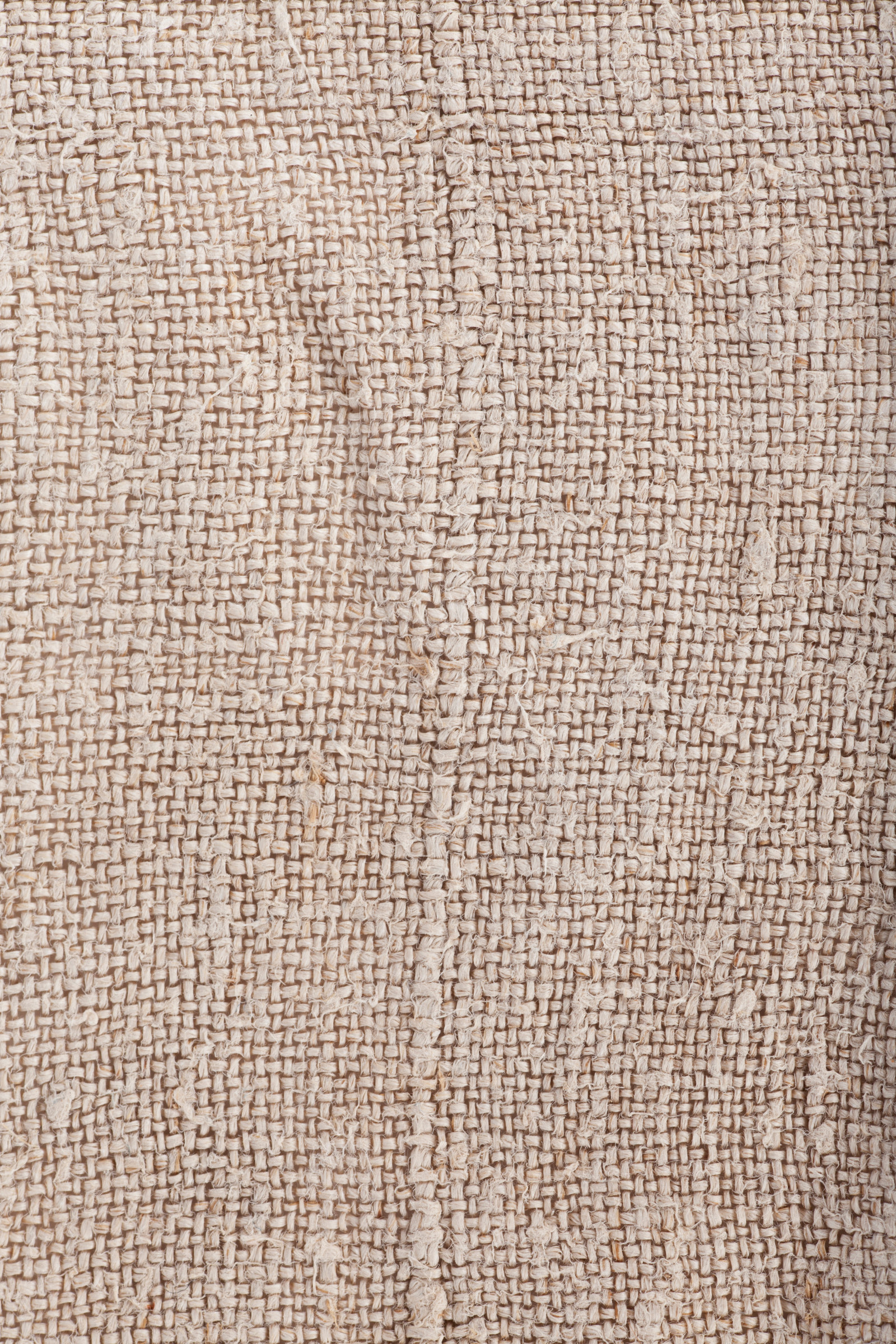
Convict Sydney
Hammock Scrap
A few scraps of rope and coarse, but finely woven flax linen scraps like this one are all that’s left of the hundreds of hammocks that originally lined the convict sleeping wards
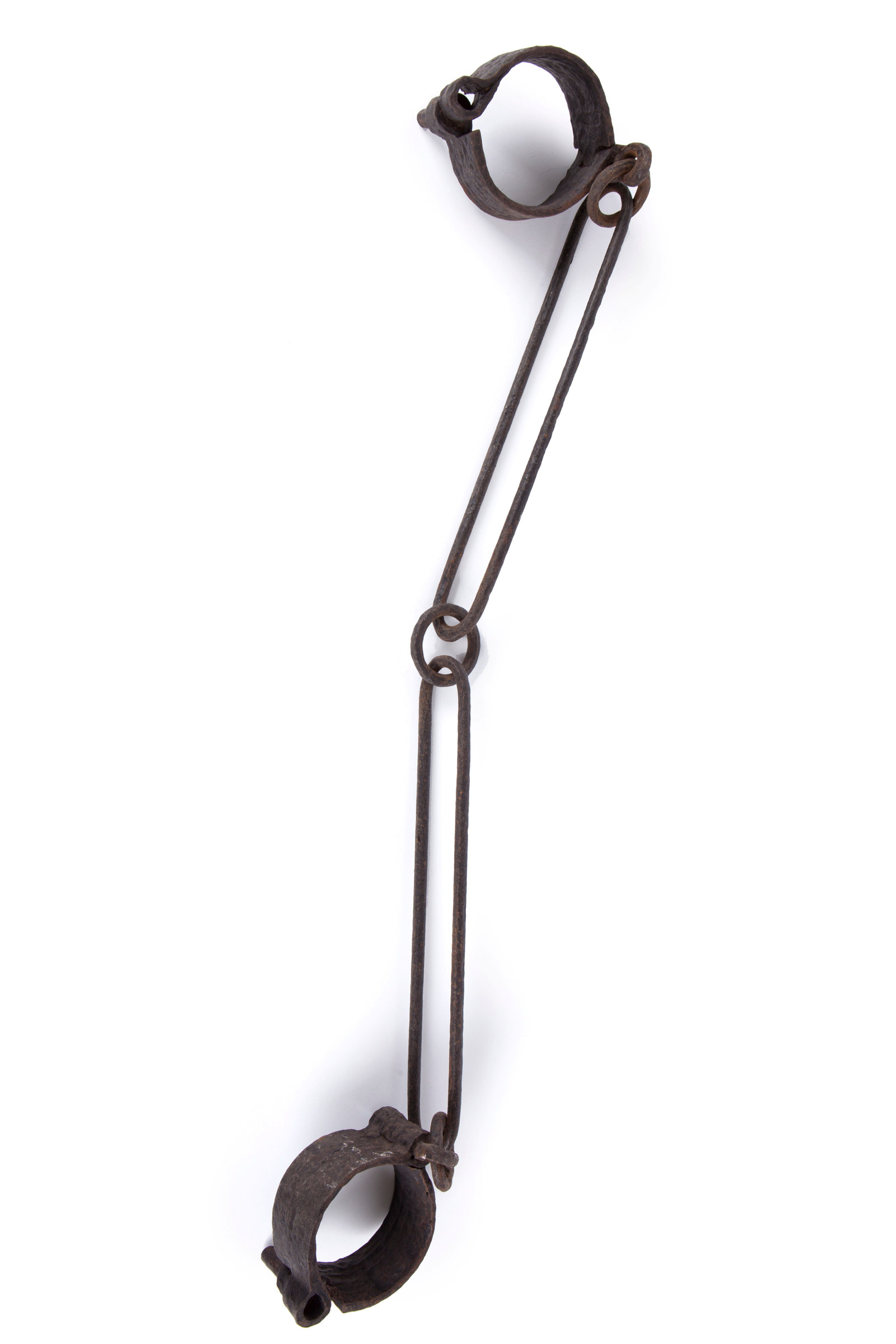
Convict Sydney
Leg Irons, bar link
Known as darbies or slangs in the convict ‘flash’ slang language, leg irons came in various shapes and sizes
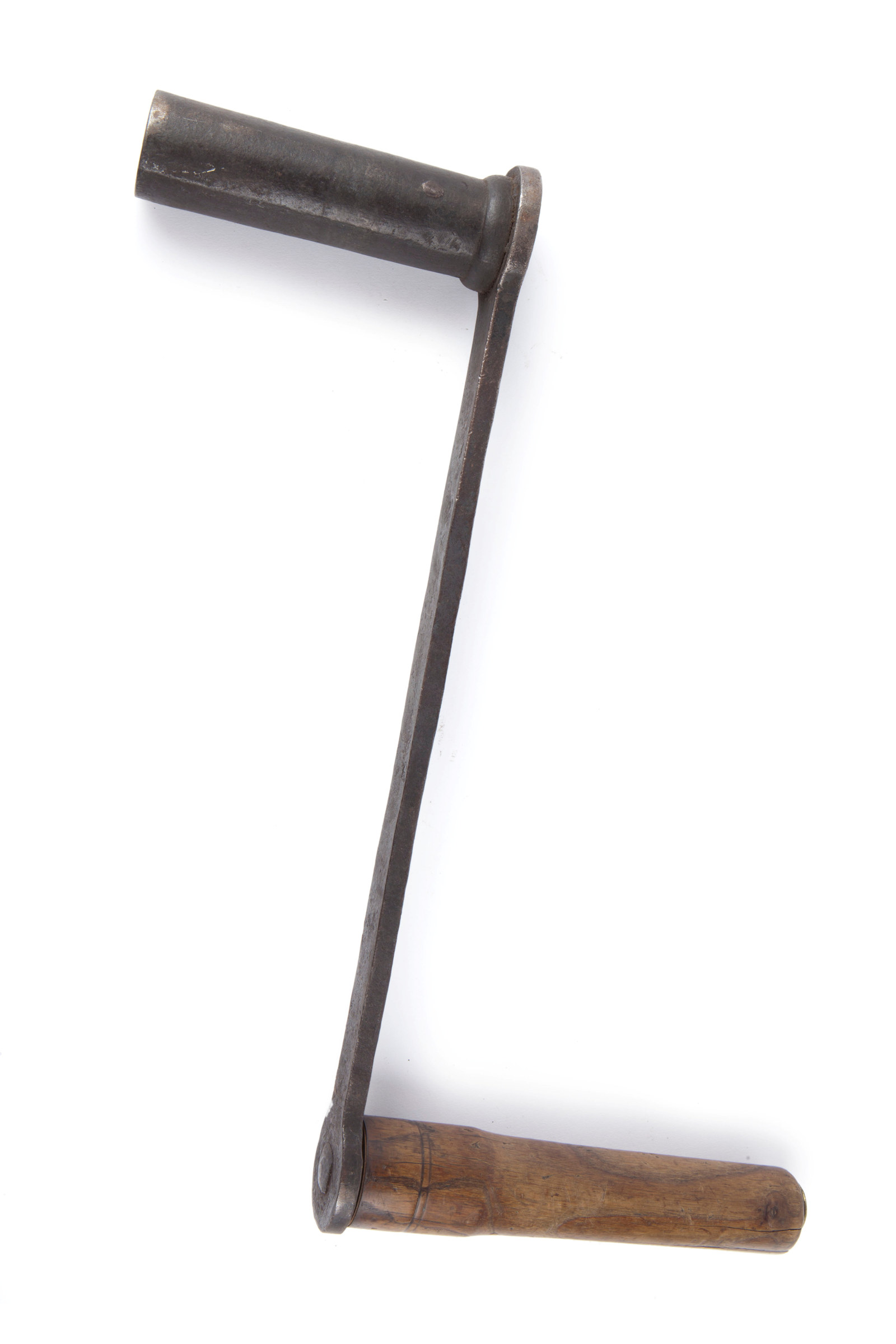
Convict Sydney
Clock-winding crank
This sturdy crank was used for many years to wind the Hyde Park Barracks clock
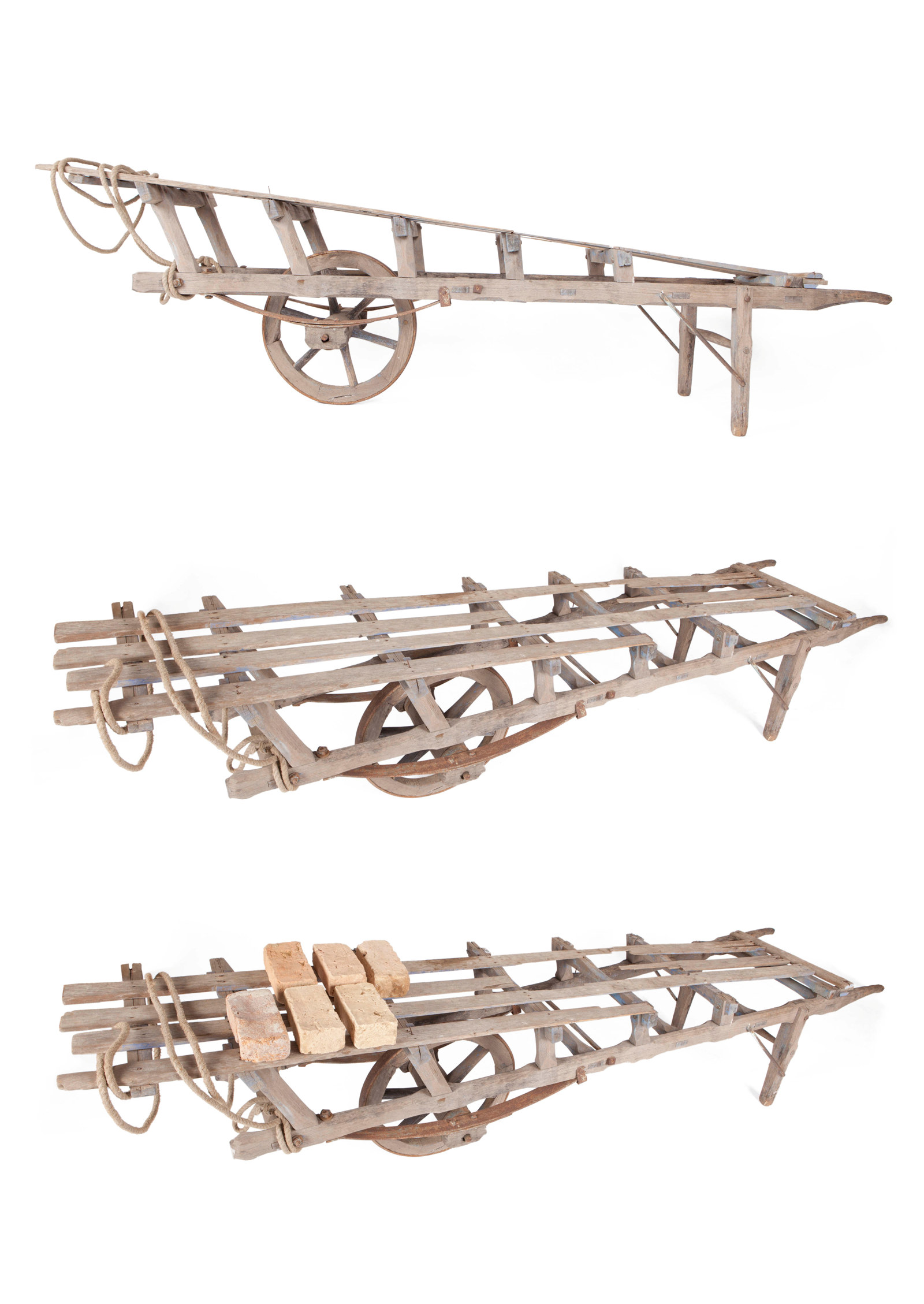
Convict Sydney
Hack barrow
Convict brickmakers working at the Brickfields (now Haymarket) used hack barrows like this one, stacking 20 or 30 wet bricks on the timber palings along the top, for transporting them from the moulding table to the ‘hack’ yard for drying
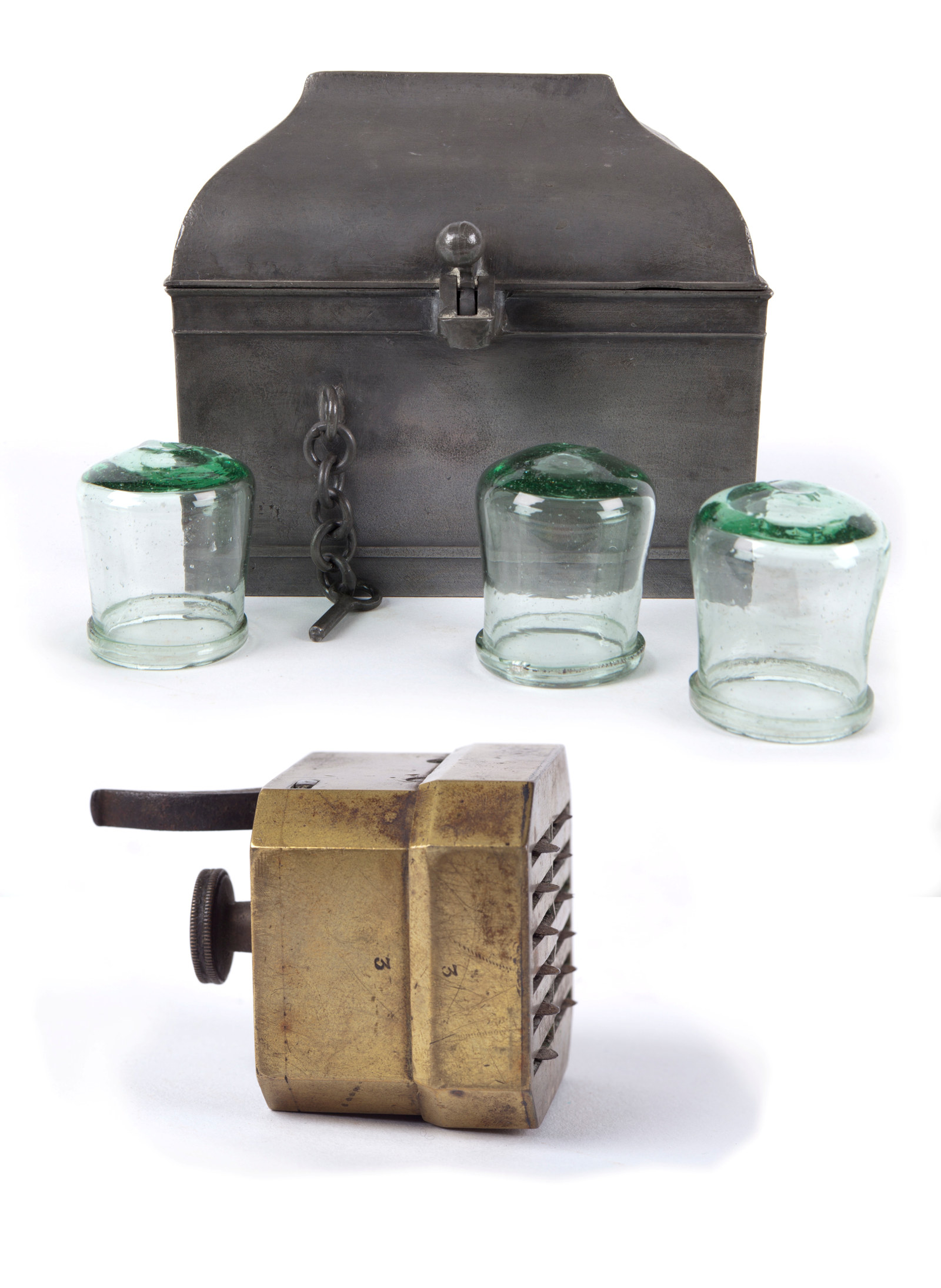
Convict Sydney
Cupping glasses and scarificator
These cupping glasses are of the type that was used in the treatment of convict patients at the General ‘Rum’ Hospital
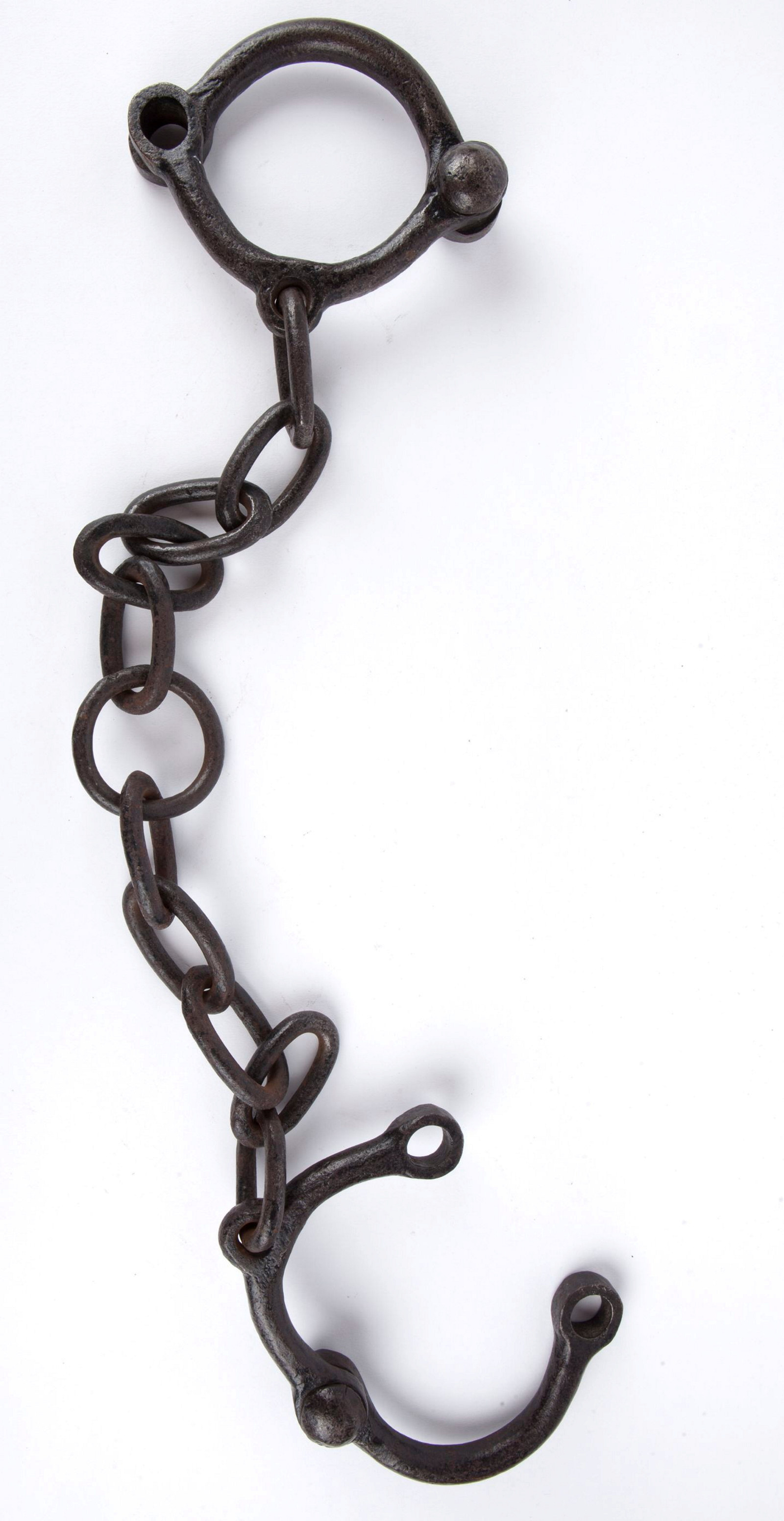
Convict Sydney
Leg irons, standard
Standard leg irons, like those pictured here, weighed seven pounds (3.2 kilograms)
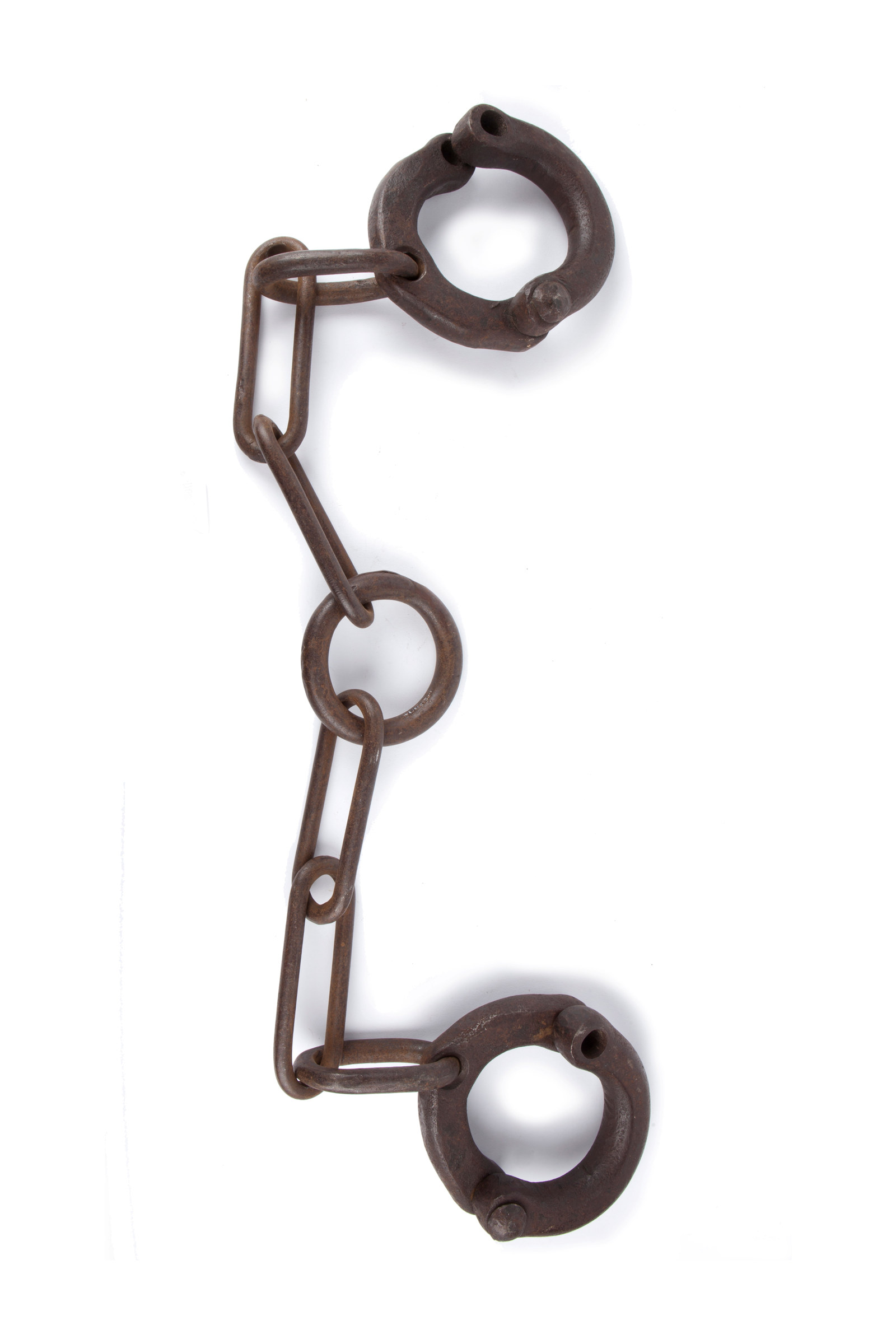
Convict Sydney
Leg irons, heavy
Known as darbies or slangs in the convict ‘flash’ slang language, leg irons came in various shapes and sizes
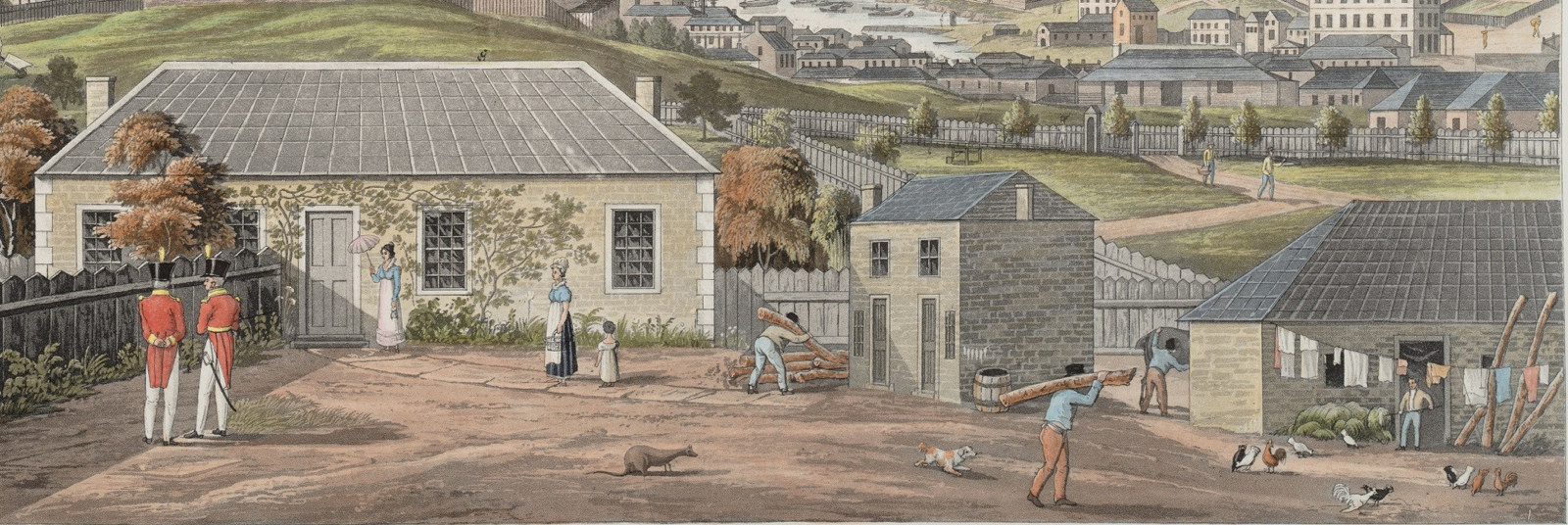
Convict Sydney
What was convict assignment?
‘Assignment’ meant that a convict worked for a private landowner
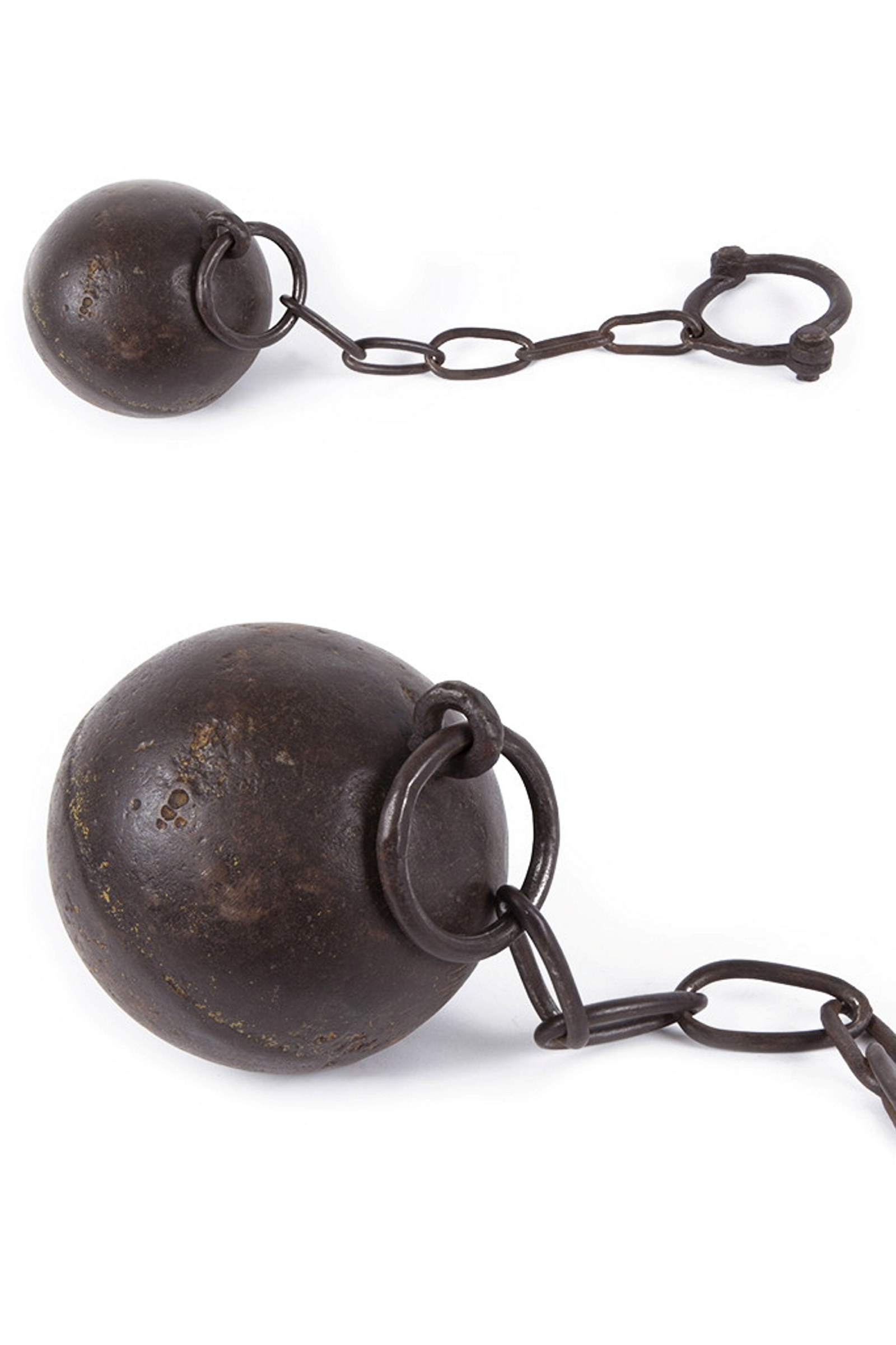
Convict Sydney
Ball and chain
1820s–1840s: Known as darbies or slangs in the convict ‘flash’ language, leg-irons came in various shapes and sizes

Convict Sydney
Molesworth report
The findings of the 1837 Molesworth inquiry brought about the end of convict transportation to New South Wales